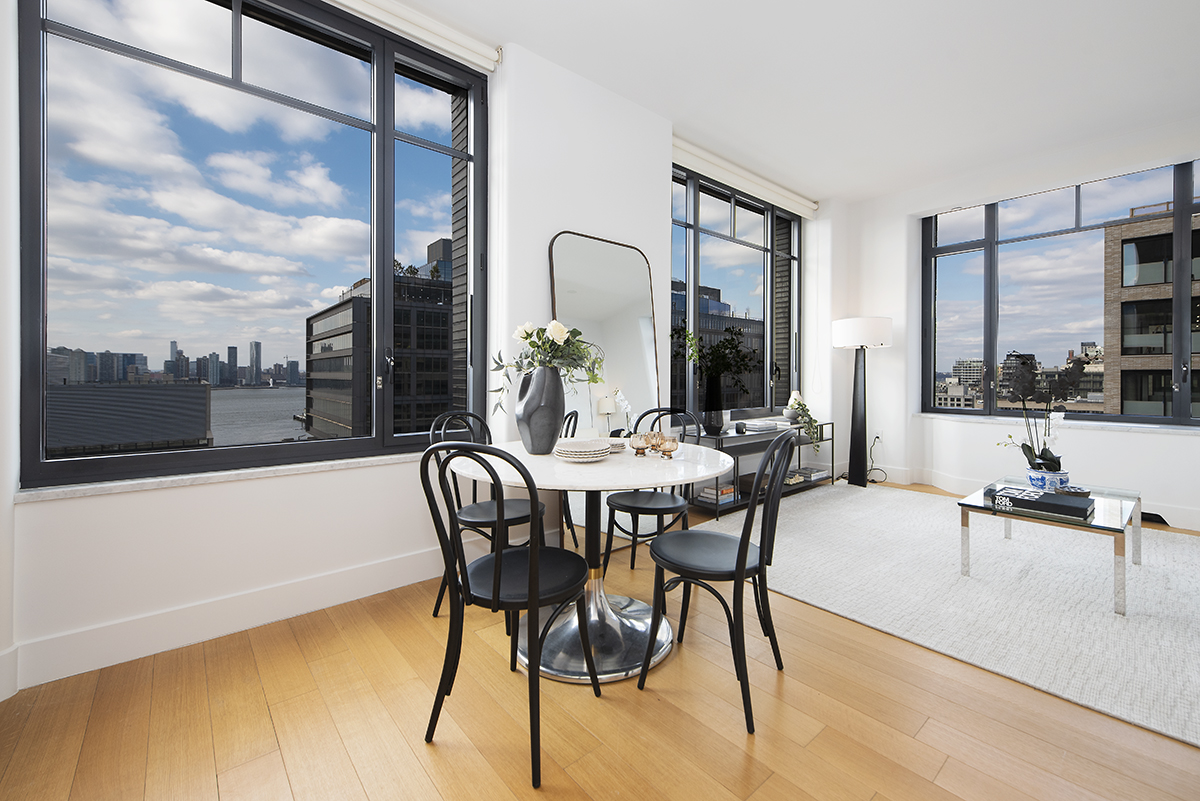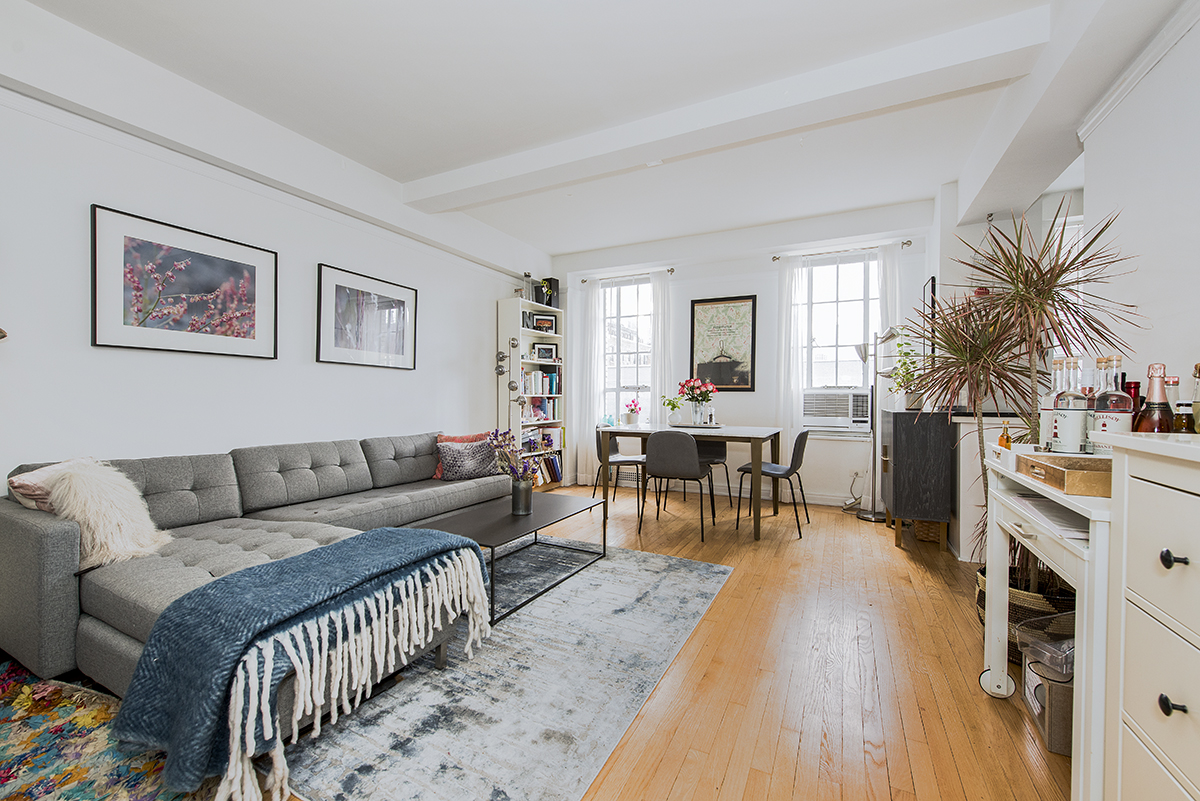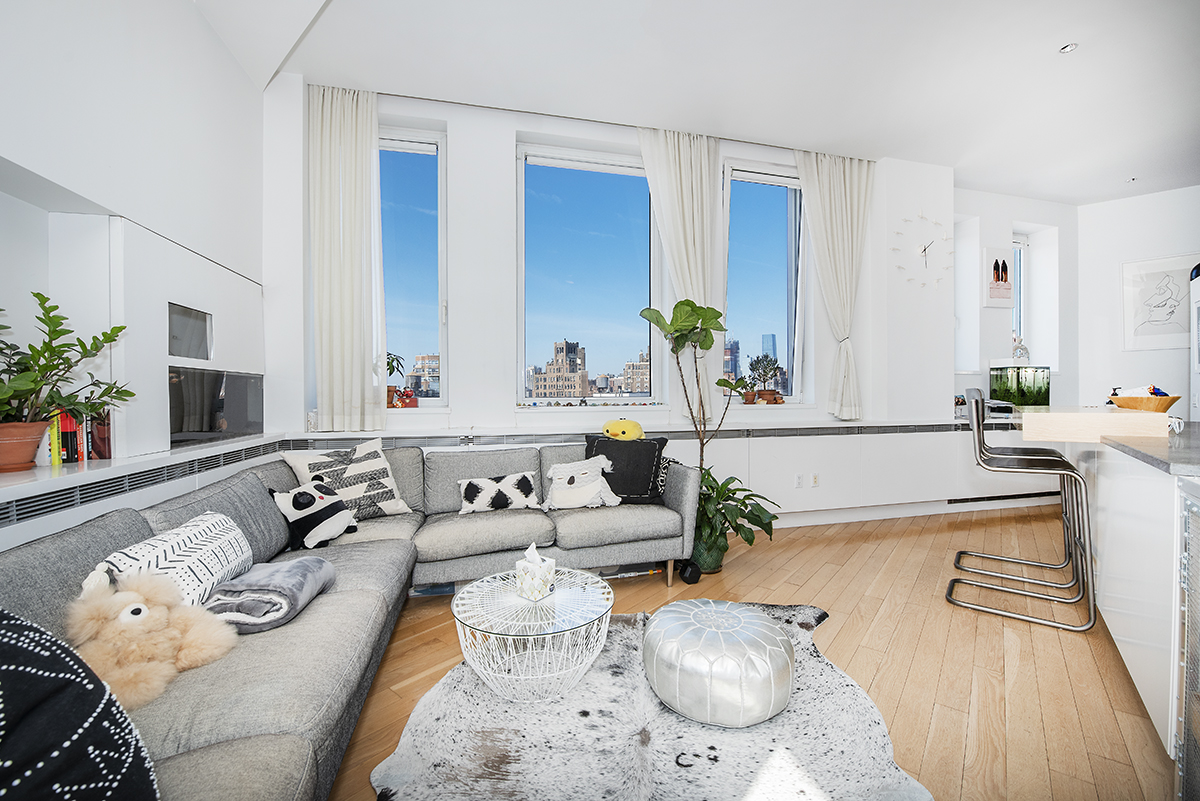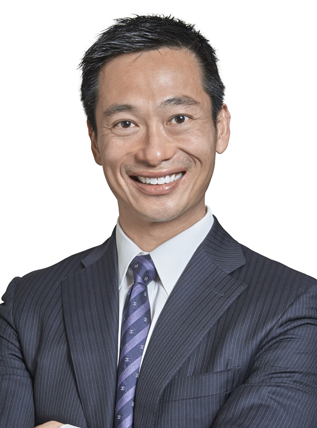Foreign Buyer Guide to Investing in New York Property 2018 Update
Posted by Wei Min Tan on April 16, 2018
A few years ago, I wrote Foreign Buyer Guide to Investing in New York Property, which gained a lot of attention on the Internet. It resulted in many media interviews on the subject of property investment in New York. Subsequently, several real estate companies published their own versions of a foreign buyer guide.
New clients commented on how comprehensive it was and during initial client conversations, they often cite points I mention in the article. The original Foreign Buyer Guide continues to be a top reference guide for foreigners thousands of miles away looking into Manhattan property for asset diversification.
Since that original article was written, many things have changed in the Manhattan, New York property landscape. This article serves as a 2018 update on changes a foreign buyer should be aware of when navigating the process of buying property in New York. For those not familiar with the first article, I suggest reading it, in addition to this article which is based on current data and market conditions.
Original article: Foreign Buyer Guide to Investing in New York Property

Foreigners continue to invest in New York
Foreign buyers continue to see New York as a safe place for their asset diversification efforts. The source of foreign buyers may change over time but the motive and drive remain the same – asset diversification, a mark of accomplishment, and stability of property value.
What countries the foreign buyers came from changed a bit. We had a wave of buyers from China from 2010 to 2015. New York Times’ Claire Wilson was the first journalist to interview me on buyers from China in the article A Second Home For Affluent Chinese. Subsequently, all other media outlets wanted to talk about Chinese buyers and I cannot recall how many such interviews I’ve had.
While affluent families bought Manhattan condos, Chinese companies such as Anbang, HNA and Vanke bought hotels and got into development joint ventures. Then China implemented additional capital controls 2 years ago which partially explains a major turning point in Chinese investment in residential condos. Also, Chinese buyers in a position to invest in New York have already done so, the supply of Chinese buyers is not endless.
We had an uptick as result of Brexit where foreigners, mostly from Commonwealth countries, who would otherwise be putting money in London turned to New York. Since Brexit happened, New York’s position (relative to London) has improved as the premier destination for foreign investors.
The interest in New York and London have always been high because these two are considered the most international cities. There are various ranking systems of cities, one of which is by the Globalization and World Cities Research Network (GaWC) which ranked New York and London as the only two Alpha++ global cities.
In the GaWC’s ranking system, Alpha++ refers to global cities that are the most integrated with the global economy based on factors such as accountancy, advertising, banking/finance, and law. One notch down, Alpha+, are cities like Singapore, Hong Kong, Tokyo, Paris.
The Wealth Report, published by Knight Frank, ranks New York as the overall #1 most important city in the world. This is based on the categories of wealth, investments, lifestyle and future. In all four categories, New York ranked #1. New York is the #1 city that matters most to the world’s wealthy and is ranked #1 in terms of households making more than US $250,000.
The above reports are two examples of quantified reports supporting why global investors keep coming to New York.
Rental yield
Rental yield for a Manhattan residential condominium was in the range of 3 – 4 percent about 8 years ago, decreased to the range of 2 to 2.5 percent, and since two years ago increased to the range of 2.5 to 3 percent. The increases/decreases are driven by property price where prices were lower in the beginning hence explaining the higher yield, prices went up and rents didn’t catch up, and then prices stabilized while rents increased a bit.
The yield here is the gross rents less common charges, property taxes and insurance as a percentage of purchase price. It does not account for financing cost. There has been some reports saying the yield of a Manhattan condo is only comparable to that of a U.S. Treasury. In my opinion, that is not an accurate comparison because investors buy Manhattan condominiums for the appreciation. Property is a tangible asset and appreciates, U.S. Treasury bills are neither tangible nor appreciating.
For the purposes of income, this rental yield could be used to compare against the yield of property in a foreigner’s home country, putting money in the bank, or stock dividends. Note that the 2.5 to 3 percent yield assumes an All-Cash buy. With financing, an investor needs 50 percent down payment just to break even on the cashflow.
Property price appreciation trend
Manhattan property tends to appreciate annually because of inflation and demand from both local and international buyers. For example, in 1997, prices were $328 per sqft and increased to $1,725 per sqft in 2016. The only time it decreased during this timeframe was in 2009 when the recession happened. The downturn in 2009 was only for one year and prices came down 15 percent when rest of the country decreased by 35 percent.
However, a major surprise was prices came down again, to $1,609 per sqft, in 2017, despite a very strong economy and low unemployment rate. Many felt it was because of uncertainty about changes in tax law and how the Trump administration would affect Manhattan property. It has been a buyer’s market for 2 years and while we expected the rate of increase to slow, we were not expecting a decrease. 2017 was seen as a correction year.
But when first quarter 2018 numbers came out, sales volume for condominiums was down 33 percent! Price per sqft was down a nominal 1.2 percent from Q4 2017 but still, down. Reasons are the change in tax law, end of legacy new development contracts and increasing mortgage rates. This is now a correction phase where self-use buyers are taking a break and renting instead.
Read more: Manhattan’s weak first quarter 2018
Read more: Manhattan historical price appreciation
Technology makes everything available online
Properties for sale in the U.S. are openly available to all. In New York, streeteasy.com has gained tremendous popularity. Initially it was focused on consumers. But now, all brokers are using streeteasy (as opposed to proprietary broker systems in their firms).
In New York, property brokers are part of the Real Estate Board of New York (REBNY). As such, within 24 hours of a seller’s agent getting a sell mandate from the seller, the property needs to be listed online for all. This transparent system allows brokers, buyers and sellers to see the same inventory. The seller’s agents are those whose names and pictures appear on the property listing. The buyer’s agents (like me) are behind the scenes, working with buyers and advising on the upsides/downsides of each property.
Technology has given buyers worldwide the same access to inventory. Anyone with an Internet connection has the same closed sales data, price per sqft data, and any data cut whatever way, as long as it’s been published online. And everything is published online because it’s how articles are promoted (including this article you’re reading). My client Matthew in Hong Kong has more knowledge about Manhattan property than most Manhattan brokers because Matthew spends time online and analyzes information.
I show properties via WhatsApp and Skype to international clients I’ve not met in person (only through WhatsApp and Skype). Technology has changed the way property is purchased.
The associated costs
When buying all cash (without financing), the transaction costs are roughly 2 percent of price. With financing, it’s about 6 percent of loan (now converted to a function of loan because mortgage tax is based on loan amount). If the purchase is a new development, then add another 2.5 percent of price to either of the scenarios. When selling, transaction costs are about 8 percent of price.
For a foreign buyer, at time of sale, there is FIRPTA withholding, which was increased from 10 percent to now 15 percent of sale price. This is the U.S. government’s way of ensuring that capital gains taxes are paid. The FIRPTA amount withheld would be refunded once the U.S. government confirms that capitals gains and other taxes were paid as required. Hence, FIRPTA is not a cost, just a temporary withholding.
If a foreign owner reports taxes every year, then at time of sale, his attorney can request a waiver certificate so that this withholding can be exempted.
Read more: Capital gains and other taxes when buying New York property
Read more: Transaction costs when buying New York property
Challenges when navigating the process
While technology has changed the search process, challenges remain. This is where a buyer’s broker comes in. A buyer’s broker would coordinate all the moving parts in the transaction and bring in trusted team members such as attorney and banker to ensure a smooth transaction.
Read more: Role of a buyer’s broker when buying Manhattan property
The listings available on streeteasy.com are marketed with the seller’s interest in mind, by the seller’s broker. Empty apartments could be virtually staged, which means furniture and furnishings are computer generated. Hence it is important to view the apartment in person, instead of just relying on photos online.
Streeteasy also came up with a revenue generating system for itself whereby a broker who is not the listing agent could pay and “pretend” to be the listing broker. When a viewer clicks a “Learn More” button, the viewer would be led to this paying broker and in the process, unknowingly retain a buyer’s broker. This has created an uproar in the brokerage community.
The mortgage process didn’t change much but it’s important to mention. A major bank like HSBC may do foreigner mortgages but the most important is the banker within the bank who is managing the loan. The bank probably has a hundred mortgage programs and the foreign buyer program is just one of many. The mortgage application process (which officially happens after the purchase contract is signed), is very important because the buyer is working within a limited time window.
If there is a financing contingency, the commitment letter needs to be attained by the contingency due date. If the deal is “time is of the essence,” closing has to happen by a specific date or the buyer loses the contract deposit. It is critical to have the right banker who is experienced with foreign buyers handle the loan.
The worst thing a foreign buyer can do is to call a bank and get referred to a random banker because while the bank may have a foreign buyer program, the banker may not have any experience at all about foreign buyers and the intricacies of international processes.
Trump tax law
The new Trump tax law changes which happened in December 2017 resulted in a market slowdown because it decreased the incentive to buy a self-use residence and increased the incentive to rent. The two important changes are:
(i) mortgage interest deduction for self use buyers was decreased from $1 million in principal to $750,000 in principal.
(ii) state and local taxes deduction is capped at $10,000 a year.
Both decreased the benefit of buying a primary (self-use) residence. This partially explains why Q4 2017 and Q1 2018 sales went down. In Q4, buyers were not sure what the tax change would be. In Q1, buyers were undecided on whether to buy given the decreased tax deductibility of owning property. The market will take time to adjust and while that happens, investor buyers have more negotiation power with sellers.
At time of writing, we are already witnessing bidding wars in the studio segment of the market, a sign that investors are coming back.
Read more: Trump’s tax law increases homeownership costs
The above are key updates. I explain to clients that questions they ask me at our initial discussion are just the tip of the iceberg. Over the next one to three months during the buying process, they would have hundreds more questions and I would guide them through all (or find a way to). The buying process hence becomes an experience that we’d share together.
About the author:
Wei Min Tan is a Manhattan, New York property agent focused on investor buyers. He has been interviewed by CNBC, CNN and The Wall Street Journal. He lives in Tribeca, is a fitness nut and enjoys traveling the world to vacation and meet clients.







































